Patrick MacQueen of Hancock, New Hampshire, got a great package deal on an aged 12′ aluminum skiff, Evinrude outboard, and trailer. He counted his $500 as well spent: “Aluminum boats are rugged and have great utility,” he wrote, “but they sure can be ugly.” The interior was painted gray with black and white flecks, and the exterior was chalky with oxidation. Decals, cracked and peeling, identified the outboard skiff as a MirroCraft. The old aluminum boat wasn't much to look at but still had plenty of life left in it.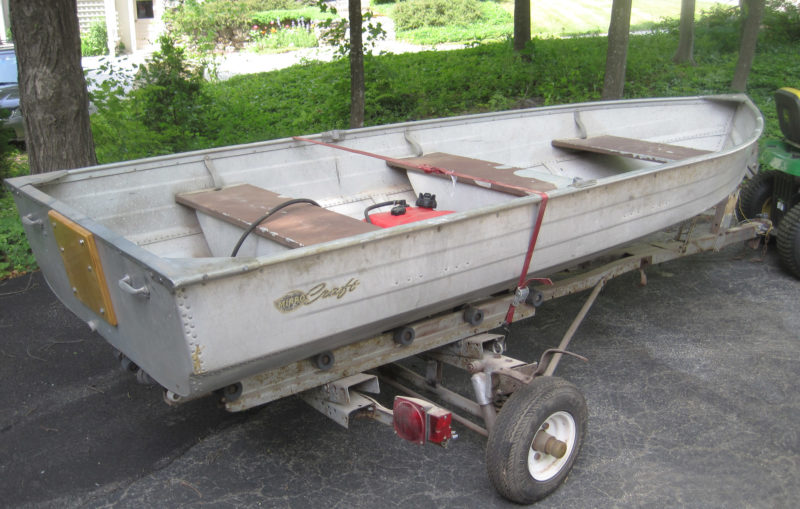 Patrick MacQueen photographs
Patrick MacQueen photographs
Join The Conversation
We welcome your comments about this article. If you’d like to include a photo or a video with your comment, please email the file or link.

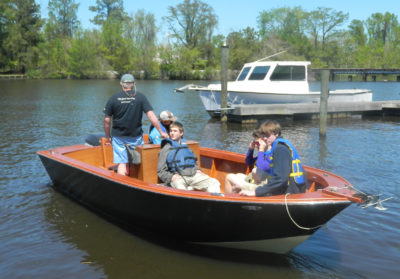


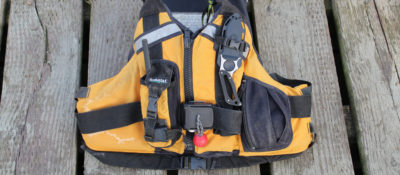


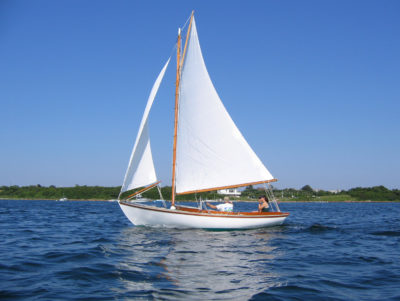



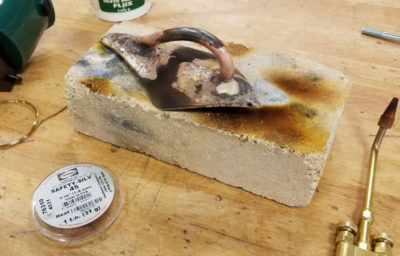
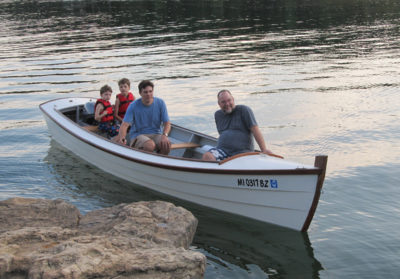
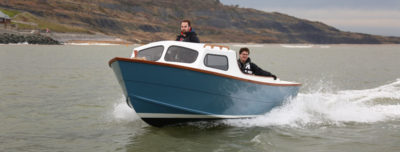
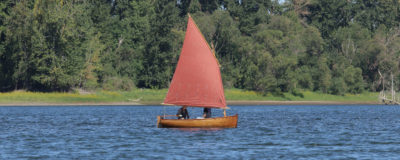
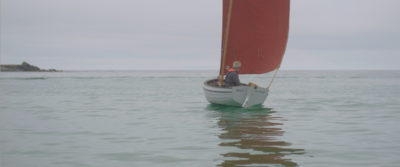
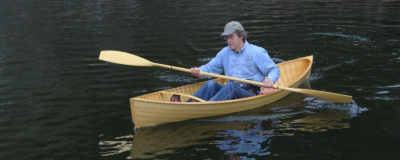
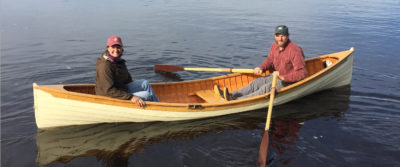
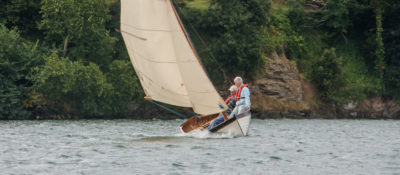


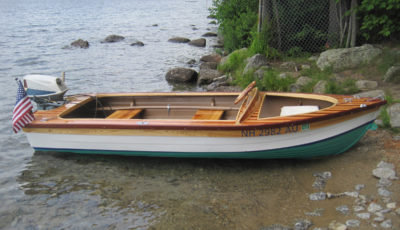
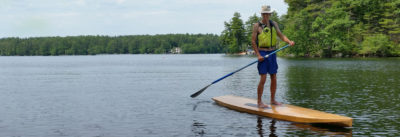
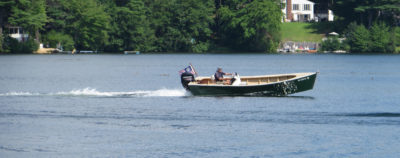
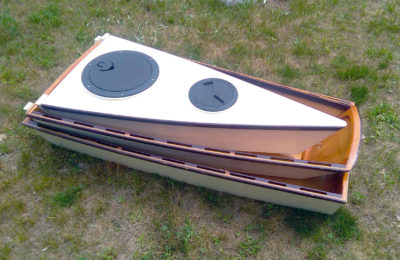
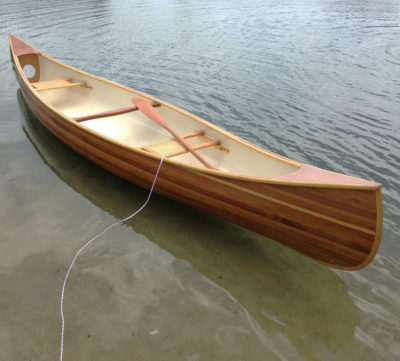
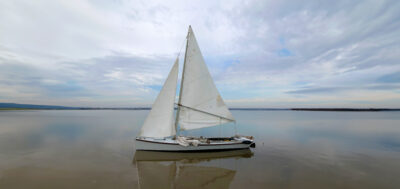

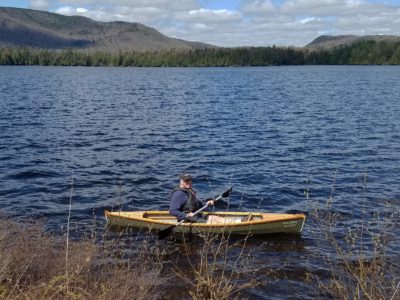
I loved the article on making your own bronze blocks. I had wanted to do something like that but never got as creative as the authors. Next time…
Regards,
Pat
Skipper says she’s beautiful! Great vision.
Cheers,
Skipper and Kent
Great idea and execution!
A couple of questions:
What is the total thickness of the wood deck—3/16″ ply plus the cedar/ash strips?
Does the deck support weight of someone sitting or standing on it?
How did you attach the deck to the hull?
Thanks,
Hans
Hans, being a Luddite and not particularly good at internet stuff, I am very embarrassed to say that I never realized that questions were being asked on the website. Believe it or not, a friend just pointed this out to me. Anyway, the wood deck would be a total of 3/8″ thick: 3/16″ ply and 3/16″ cedar strips. The cedar I bought from the local lumber yard had a lot of dark and light pieces so I just alternated them as much as possible. The deck seems pretty rugged and easily supports people sitting on it. I always end up climbing over it to get into the boat. I am reasonably certain it would handle someone standing on it although I admit I have never actually done that as I believe the 12′ boat is so light that it might capsize if someone were to actually do that. Again, very embarrassed about the reply over a year late.
The deck is two separate pieces (half front and half back) built outside of the hull. It is all epoxy glued together including the mahogany rub-rail which is then attached to the aluminum hull with stainless screws. The ash sheer strakes are also attached to the hull with stainless screws and the rub-rails come down over them.
Hi Pat,
Thanks for your reply on the BUTTERFLY project; looks like great execution. I’d still like to know a little bit more about the process. Is there any fiberglass included on your wood deck? Or is it just varnished? Exactly how did you attach the deck – screwed through the top, or from underneath? Glued? Did you remove any aluminum during the build?
Many thanks,
Gary – on the Puget Sound
Extraordinary job.
I am impressed with the creativity and craftsmanship of this project. I have a 12′ Starcraft aluminum boat (1968?) which the previous owned fixed up. It is calling me to follow your lead and do something similar. Thanks for the inspiration and for doing a first-class job.